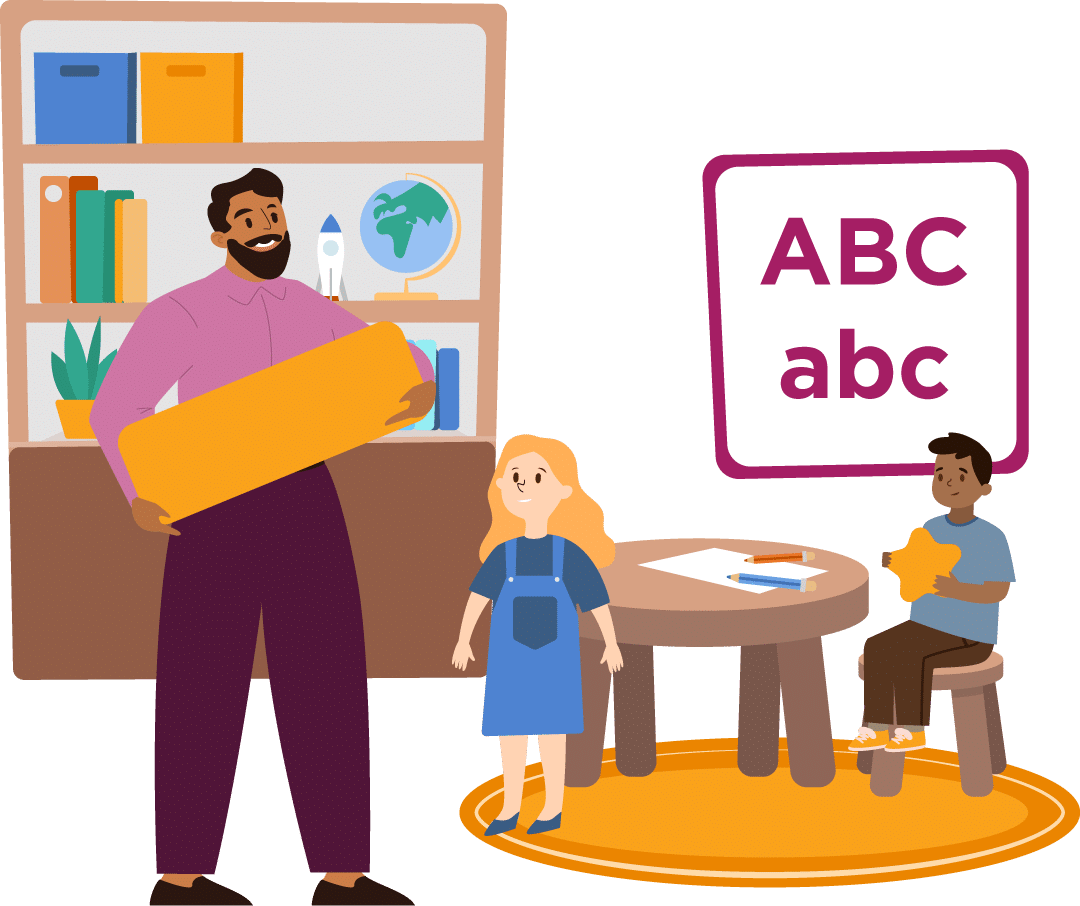Guest Author: Jon Trew
I’ve spent most of my life working with children but last year I became a grandfather for the first time, and it has really highlighted the importance of protecting children in the early years.
Research into child practice reviews has shown that children under the age of five are particularly vulnerable to abuse, accounting for over 50% of serious case reviews analysed by the study in 2023. As well as being more vulnerable to abuse, younger children are up to seven times more likely to be killed than older children according to figures from the NSPCC.
Understanding the risk of physical abuse in young children
Newborn horses can stand within an hour of birth. Baby ducks leap from a nest to splash and swim in a pond a day after hatching. Yet human babies, require years of care, attention and protection. So, what is it that makes children in the early years so vulnerable?
Anyone who has held a baby in their arms will know how fragile and delicate they are. Even shaking a baby can cause irreparable damage and even death. Babies’ skulls do not completely fuse together until they are three years old and particular care should be taken concerning a child’s head. Infants should be repositioned frequently, though when sleeping should always be placed on their backs.
How to assess if bruising is a sign of abuse in early years children
Bruising is the most common injury in early years children who have not been abused. This is unsurprising as children will begin to explore their environment and test their capabilities. Conversely, bruising is also the most common injury in children who have been abused, and this can be a particularly difficult challenge for safeguarding leads and child protection staff to monitor.
Academic researchers from Cardiff University have produced a series of leaflets with the NSPCC based upon Child Protection Systematic Reviews, to help distil all the current research on particular child protection issues. This includes a very useful ‘Core Info’ series about bruises on children, which offers advice tailored to schools and childcare staff, and helps to burst some of the commonly held myths about bruising such as being able to accurately date an injury by the colour of the bruising.
- Paying attention to the location of bruising is very important.
- Particular notice should be taken when it is on soft tissue, as opposed to on bony prominences, like the knees, shins, chins and elbows.
- Careful attention should also be given to injuries in any children around what is known as the ‘triangle of safety’. This is the area that makes up the ears, cheeks and throat, and bruising in this area could be a serious indicator of abuse.
Why bruising on non-independently mobile children should be treated very seriously
While accidental bruising is common in the early years, it is important to be aware that bruising in non-mobile infants is very rare and requires a different approach.
So, who are ‘non independently mobile children’? This group includes infants under six who are unable to roll or to crawl independently. However, this group could also include older children with disabilities or developmental delay who are unable to roll about, shuffle on their bottoms, or crawl.
The Child Safeguarding Review panels report on Bruising in non-mobile infants provides very helpful information for practitioners on signs of abuse in the early years, and how to address them. It is crucial that those working with younger children do not conflate the everyday bumps and bruises of an independently mobile toddler learning to walk, with injuries to children in this group.
When bruising to children who are ‘not independently mobile’ is identified, staff should take this very seriously as potential evidence of physical abuse, and a discussion should take place with children’s services.
How CPOMS StudentSafe can help address physical abuse in young children
Keeping accurate records about injuries to children in nurseries and early years settings can sometimes feel like a never-ending task. However, it is a vital duty and it can sometimes reveal patterns that can help understand a clearer better picture of what is happening in a child’s life.
CPOMS StudentSafe streamlines the process of recording any categories of concern for children in your setting, whether documenting concerning behaviour, or evidencing the location of bruising with digital body maps. These records allow safeguarding practitioners to view a chronology of events so that they can clearly identify potential concerns or signs of abuse and intervene more promptly.
The platform includes powerful customisable Cases and Forms features, providing separate areas for viewing and managing investigations to enhance clarity and support decision-making. These tools streamline the process of gathering evidence and generating robust case reports for governance at the click of a button, should the need arise to make a referral to children’s services.
StudentSafe is also fully integrated with the Famly Early Childhood Platform, making the process of recording safeguarding concerns even easier. With both systems working together seamlessly, there is no need to manually importing profiles or copy data between platforms, such as children’s names, date of birth, allergies, dietary requirements and more.
To learn more about how CPOMS StudentSafe can help you protect all of the children in your early years setting, book a free demo today.




